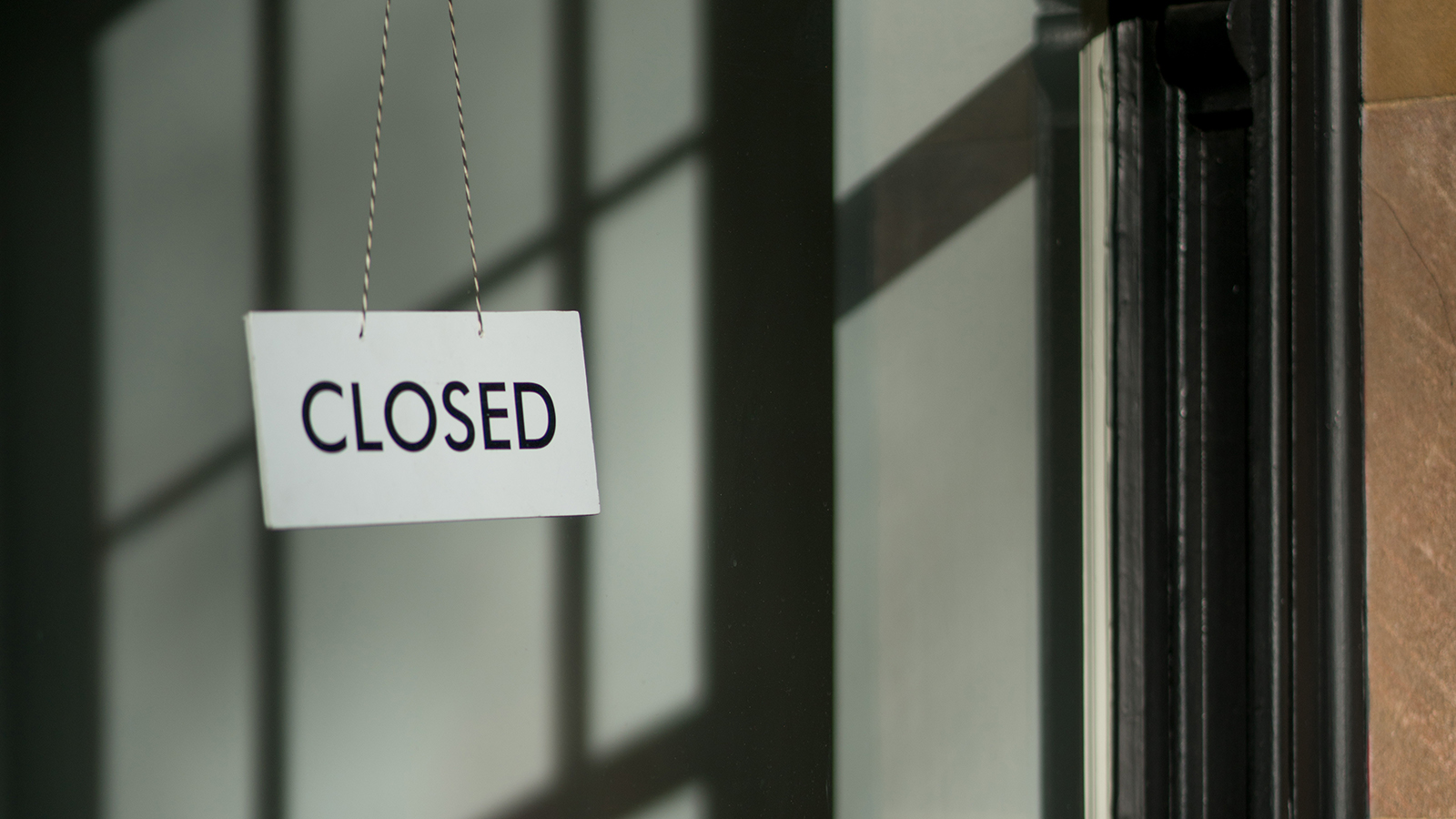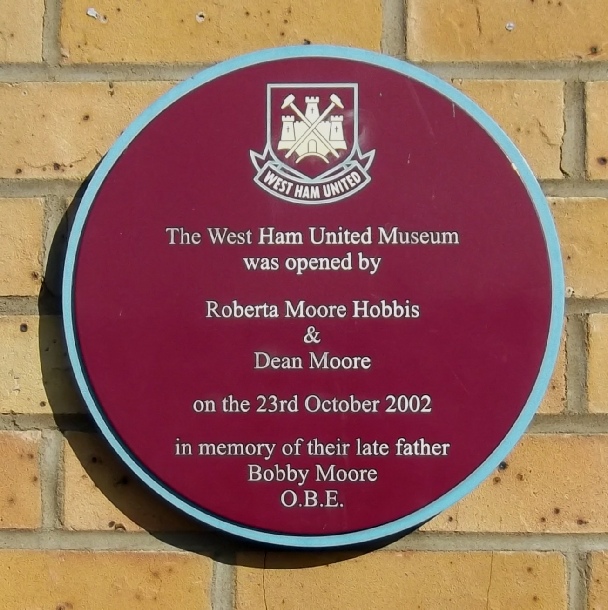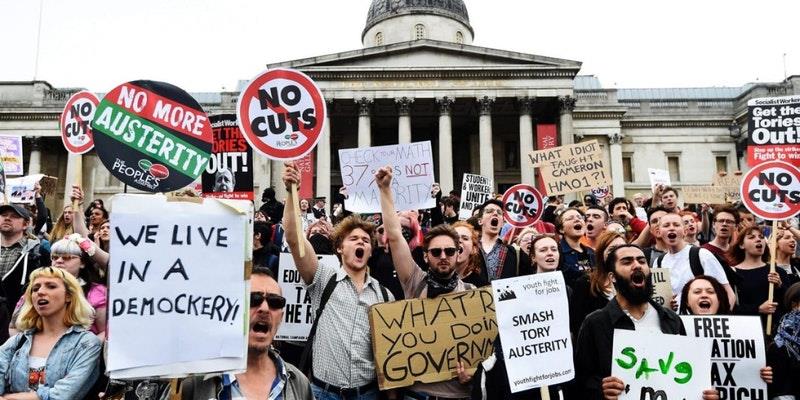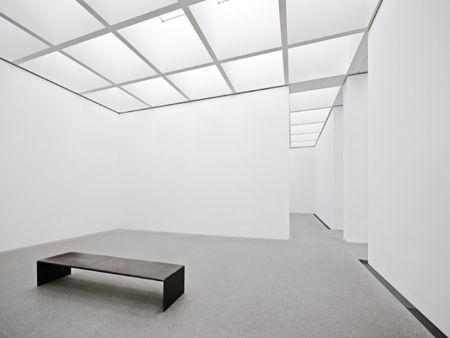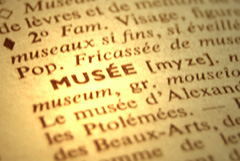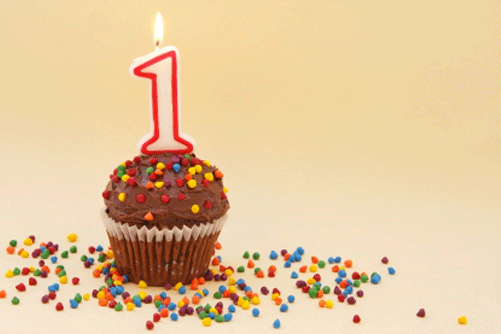Jamie Larkin
The museums sector generally concentrates on current practice and developments; it does not keep longitudinal data that would enable academics and museum professionals to trace patterns over time.
The result is that commentary on closure is focussed on the very recent past and lacks a broader perspective that could add insight to contemporary analyses of this phenomenon. As part of the Mapping Museums project we have built a dataset charting the development of UK museums since 1960, and we have used this to draw the first substantive picture of museum closures over time.
At the outset there are two important points to address relating to museum closure that we’ve encountered while building the dataset.
The first concerns data collection. Given the historical focus of the project, a great difficulty has been finding information regarding precise years of closure. Recent closures and closure of well-established museums are fairly well documented. The real difficulty has been tracking down information for smaller, grassroots, regional museums – particularly those that closed 15, 20, or 25 years ago.
We have conducted extensive searches via websites, historical guidebooks, and museum directories. When these were exhausted we sent emails or made telephone calls to individuals or groups, including regional museums services, local history societies or town clerks. We sent hundreds of communications in this way. Sometimes our contacts provided definitive information on when a museum closed; sometimes they could not.
For opening and closure years we have been able to generate accurate information for about 90% of museums. This has been an unprecedented undertaking and has drawn together information from a disparate range of sources. For the remaining 10% we’ve employed year ranges or made informed estimates, which we have mitigated with appropriate statistical methods in our analysis¹.
The second point is that, almost counter-intuitively, closure is difficult to define.
For example, if a museum ceases regular public opening hours but remains accessible in some form, should we continue to consider it open? This happened at Leith Hall House in 2009, which is now open for guided tours only. As the property is still accessible and continues to be advertised by its owner, the National Trust for Scotland, we consider it open, but this is, of course, debatable.
Furthermore, is closure is connected to premises? When a museum merges into another site, should we consider it closed or just having changed location? For example, in 2015 the Clockmakers Museum moved from its own premises into the Science Museum. Should we mark the museum closed and the collection a constituent part of the Science Museum? Its website indicates that the Clockmakers Museum retains a distinct identity. As such, we have kept it open.
The most difficult conceptual aspect to closure is that some museums don’t close per se, they gradually cease to exist. This is often the case with farm museums, where exhibitions of rural bygones are supplanted by other visitor offers (e.g. farm shop, petting zoo) so that the museum display doesn’t close with a thud at a specific moment, but gradually slips away without a whimper. In such instances we have contacted owners and discussed how best to record such forms of closure.
Generally, we have looked at closure on a case by case basis and tried to balance continuity versus change. If an effort has been made to keep a museum alive in some form we have tended to respect that, although we would log instances of material change, such as if a local authority museum was taken over by a volunteer group, etc.
Analysis
Turning to the analysis, it should be noted that these are preliminary results that will be refined prior to more formal publication, so some of the numbers presented here may be subject to slight change.
In total, we have recorded nearly 4,000 museums as being open to the public in the UK between 1960 and 2017, of which around 3,250 are currently open. This is a significant increase on the Museum Association’s estimate of 2500. Our larger number is partly due to the fact that we have a more encompassing definition of what a museum is and count unaccredited museums that may not be included in other surveys.
The figure of 3,250 open museums means that since 1960 there have been about 750 closures. This is around 20% of the total.
First let’s begin by considering the rate of closure over time.

This is a simple smoothed line plot showing the number of UK museum closures per year since 1960. There are two types of plot used in this analysis: smoothed line plot (which shows average figures and is best for perceiving general trends) and spiky line plot (which shows precise figures for specific years).
As you can see in Figure 1, peaks in closure begin around the mid 1980s (with an average 13 closures per year) with another in the late 1990s (with an average 20 closures). Following the economic crisis in 2008, the closure rate accelerates, peaking in the last few years with closures averaging 30 per year.

Figure 2 shows closure information for specific years; the highest annual number of closures we recorded was 39 museums in 2015.
A particularly significant finding from this data is that it demonstrates that around 200 museums have closed since 2010. This provided an interesting contrast to the Museum Association’s figure of ‘at least 64′ closures over the same period, cited in their Museums in the UK 2017 report.
It is clear from these graphs that closures are rising more steeply in the current period than at any point since 1960.
However, if we look at these figures in the wider context of museum opening we get a different perspective.

This smoothed line plot shows the annual number of UK museum openings (in green) and closures (in red) since 1960. It demonstrates that while closure rates are increasing, they are doing so in the context of a sector that until very recently has been consistently expanding.
This data substantiates the rapid expansion of museums during the 1970s and 1980s, which is often termed the ‘heritage boom’. Since the early 1990s the rate of openings has declined but they have still outpaced closures in every year except four.

This spiky line plot shows more clearly that for every year between 1960 and 2014 (with an exception in 2010), more museums opened than closed, meaning the sector expanded. The result is that the sector peaked in terms of total number of museums in 2014.
However, in 2015, 2016, and 2017 this trend was reversed by marginal net losses. What is particularly striking is that 2017 saw the lowest number of museum openings in the UK since 1960. This figure is 16 museums per year.
Generally speaking, this would appear to indicate a picture of robust growth over the longer term. From approximately 900 museums in 1960, the sector has seen a 260% net gain to the current situation in which numbers have begun to plateau.
However, drilling down into the data reveals some divergent trends.
For example, while the sector has grown substantially in this period, its composition has markedly changed.
Figure 5 shows number of closures by decade based on museum governance. (Note: Here we are using a simplified governance measure: ‘independent’ includes private museums or those run by trusts or foundations, while ‘state’ comprises national and local authority museums).
If we consider closure by governance, we can see that greater numbers of independent museums are closing than state run museums.

This may be expected, particularly given that smaller, private museums are often financially shaky ventures. For example, between 2010 and 2017, our data shows that over 150 independent museums closed compared to roughly 60 state run museums.
However, a more significant observation is that in proportionate terms, the closure of state run museums is higher than that of independents.

This plot shows museum closure as a proportion of governance type.
As we can see, proportionate closure of state run museums begins to outpace closure of independents around 1995. Since 2000, the average proportionate rate of closure of state run museums has been 1.1% per year compared to around 0.7% for independents.
If we examine the data further we can see significant spikes in 2011 (when 1.8% of state run museums closed), 2015 (with 1.5%) and 2016 (with 2.4%).
When we factor in openings over this period, we also see that fewer state run museums have opened than closed since 2000. The result of this is that the state run museums sector has seen a net decline of around 14% in this period
Around 5% of this decline is accounted for by museums lost to closure while 9% is museums transferred by local authorities into trust status (which we have termed ‘hybrid’ status). We are still calibrating this aspect of our data and this figure could be higher.
In contrast, since 2000, the independent museums sector has seen a net growth of 9%.
We can see how these trends have changed the composition of the sector over the longer term.

According to our data, in 1960 there were around 900 museums, of which 40% were state run and 50% were independent. In 2017, of the 3,250 museums we recorded, roughly 22% are state run whereas 70% are independent. As a result, we can see that the State’s direct contribution regarding the provision or management of museums is shrinking while the sector is becoming dominated numerically by independents.
Conclusions
These are some of the preliminary findings from our research.
They indicate that from 1960 onwards the museum sector expanded continually until 2010, with a slight decline in that year, but then saw further growth until it peaked in 2014. This represents 54 years of museum growth.
However, around 200 museums have closed since 2010 and for the last 3 years closures have outpaced openings. Significantly, 2017 saw the lowest rate of museum opening since 1960.
It is important, however, not to conflate the overall growth of the sector with what is happening within it. It is clear that museum growth has been principally driven by the independents and that they now ensure that the overall number of museums in the sector remains relatively static.
It is also clear that the decline in the number of state run museums – through closure or change in status – has been considerable.
This raises significant questions about the type of skills, facilities, and experiences, that are being lost with the contraction of State run museums. This issue is not just one of closure but the loss of public sector institutions.
Hopefully these initial findings provide insight into the development of the sector over the longer term and help inform the conversation about the impact of the current age of austerity on the museums sector writ large.
We will be releasing further results as we continue our analysis, so please subscribe for updates or follow us on twitter: @museumsmapping
© Copyright: Jamie Larkin, Fiona Candlin, Andrea Ballatore, Alex Poulovassilis
¹ The results on which this analysis is based have been weighted to account for the uncertainty in the data. When more accurate data is not available, we use a date range for the opening and closing years of museums. For example, if we know a museum was opened between 1965 and 1975 but are unable to specify a particular year, the range of possible years (in this case 10) will be divided equally and the probability (0.1 in this case) will be added to the results for the years in the date range. This avoids over-representing individual museums, and provides a more realistic quantification than a simple count.
